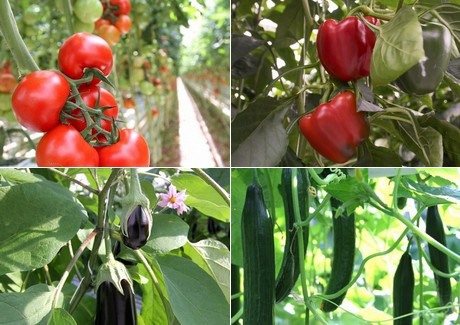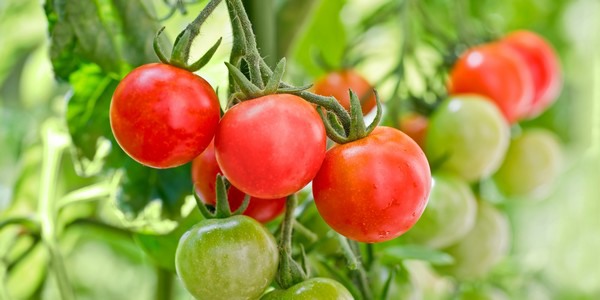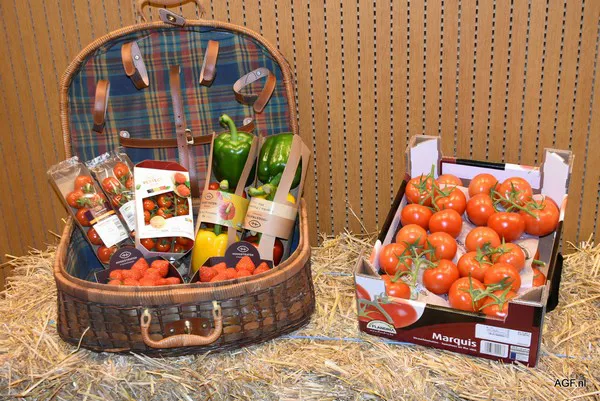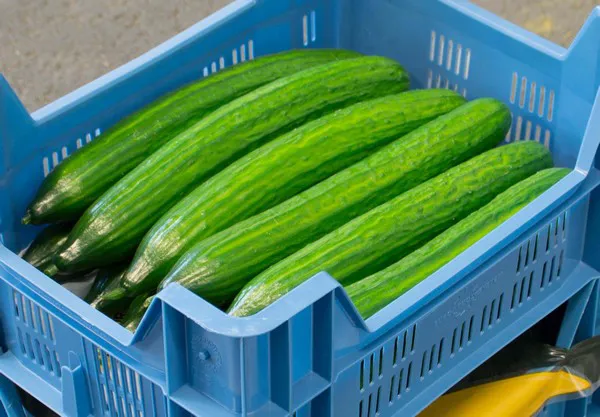Belgian cooperatives seem to increasingly be experiencing an acreage shift. This season, due to virus pressure and high energy prices, more and more of both Coöperatie Hoogstraten and BelOrta growers are opting for 'easier' or less risky options. So, both associations' specialty tomatoes' acreage is falling particularly sharply, and that of cucumbers is rising.
Few BelOrta greenhouse growers quit in 2023. There is, however, a shift within the tomato segment. as evidenced by a grower survey. There is a striking acreage shrinkage in various fruit vegetables like zucchini (-16%), string beans (-10%), tomatoes (-8%) - specialties (-18%) - and bell peppers (-3%). On the other hand, cucumber acreage shot up by as much as 25%. The cooperative says that is because new growers have entered the market and existing ones have switched to this relatively easy, less risky product.

ToBRFV, risk spreading, labor costs
"The ToBRFV remains the main reason," begins BelOrta's fruit-vegetable division head, Maarten Verhaegen. "It's hit quite a few of our growers. You can then do one of two things: change to resistant varieties, which aren't yet certain because they often don't yet have conclusive protocols. Or switch to a different crop, with the switch to cucumbers being, perhaps, the most attractive, thanks to last year's good prices."
BelOrta's Sales Supervisor, Bruno Vuerinckx, describes it as such: "Cucumbers were the top fruit vegetable last year, price-wise. The good summer weather ensured this healthy snack was widely consumed. For example, in 2019, people ate an average of just over one kilogram (1.02 kg) each; in 2022, it was 1.32 kg, or almost one more cucumber annually. And when demand's good, so are prices. After a great year like that, more growers want to take advantage of those nice prices."

Increased wages are another factor. Growing specialty tomatoes requires more labor for less return, making the choice of switching to a 'commodity' like TOV or loose tomatoes a quick one," Maarten adds. He is not worried about tomato cultivation. "Although the specialties' acreage fell sharply, I don't expect much lower commodity volumes."
Slight underestimation
Jan Engelen of Coöperatie Hoogstraten, however, is concerned. "I think we're slightly underestimating the virus problem. I spoke to several growers this week who said it's a genuine issue. It's potentially a serious threat, where resistant varieties can indeed provide relief, but those are still in the very early days. Many types of tomatoes also don't yet have ToBRFV resistance, so growers are opting for the safety of other crops," he says.

Jan expects eventual resistance to this virus; it is just a question of when. "Tomato cultivation has had challenges in the past. Seed breeders generally respond quickly, but it'll be a few seasons before every tomato variety is resistant. Until then, it's a true struggle because if the virus hits you, you're in serious trouble."
From specialties to commodities
"The high energy, and thus general cultivation costs, means you can no longer take production risks. With costs as they are, losing much of your crop to a virus could spell disaster for growers," Jan admits. "That means our growers are abandoning especially specialty tomatoes for 'safe' vine tomatoes or switching to other products, mainly cucumbers."
"That's not necessarily a complete conversion; they could consider continuing to grow tomatoes along with fall cucumbers. Compared to 2022, our tomato acreage is down 20 hectares (216 hectares to 193). Most of that was added to cucumbers, which went from ten to about 26 hectares," Jan explains.
BelOrta's tomato acreage fell, too, in all segments. The higher energy costs mean some of this cooperative's growers will not use their full acreage. That shrank by eight percent, and in the year-round cultivation, the share of lit cultivation decreased, too, from 23 to eight percent. There is a three percent decline in the loose tomato segment, and in TOVS, eight percent. "After years of steady growth, the specialties acreage is falling by as much as 18%," Maarten says.

Continued rise depends on price
Will cucumber acreage keep rising in the coming years? "I don't think so. Energy prices are becoming reasonable again, and our growers say they'll use lights next winter again, provided nothing crazy happens. So I expect tomato growers now cultivating cucumbers to return to tomatoes."
According to Maarten, a harder cucumber year may reinforce that decision. Jan agrees: "Prices won't be as crazy as last year, so that crop will probably lose some of its attractiveness, reversing that upward trend. Whether the acreage growth continues depends on prices."
"If, as it seems now, there's a substantial expansion, far more volume will also enter the market. Then it remains to be seen what prices will do. After all, cucumbers are a very weather-sensitive item. When that's good, sales go wild; when it's bad, those grind to a halt. In that respect, it's anyone's guess," he concludes.
For more information: Maarten Verhaegen
Maarten Verhaegen
BelOrta
120 Mechelsesteenweg
B-2860, Sint-Katelijne-Waver, BE
Tel: +32 (0) 155 51 111
Email: info@belorta.be
Website: www.belorta.be
Jan Engelen Coöperatie Hoogstraten
Coöperatie Hoogstraten
59 Loenhoutseweg
2320, Hoogstraten, BE
Tel.: +32 (0) 334 00 211
Email: info@hoogstraten.eu
Website: www.hoogstraten.eu
